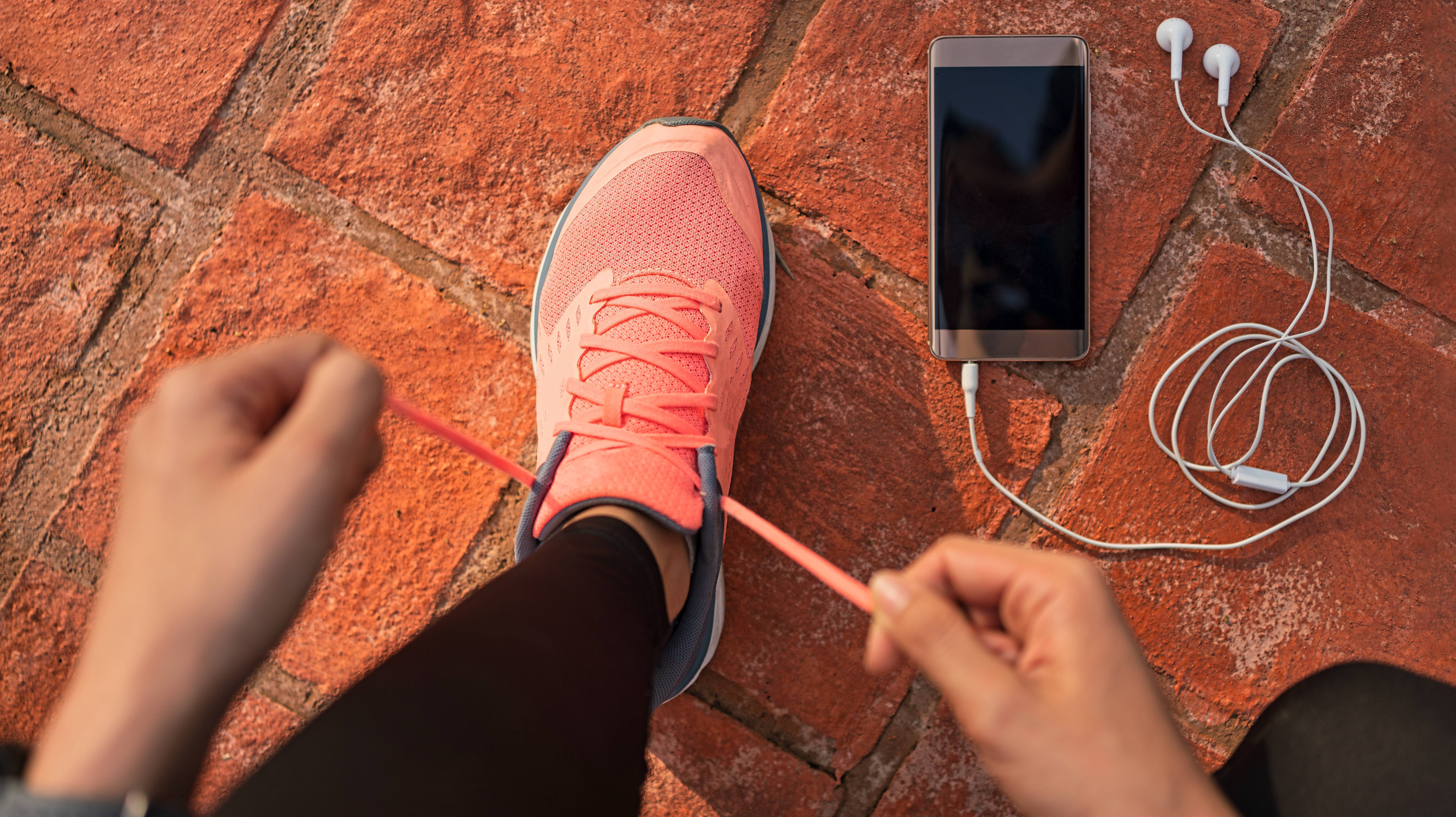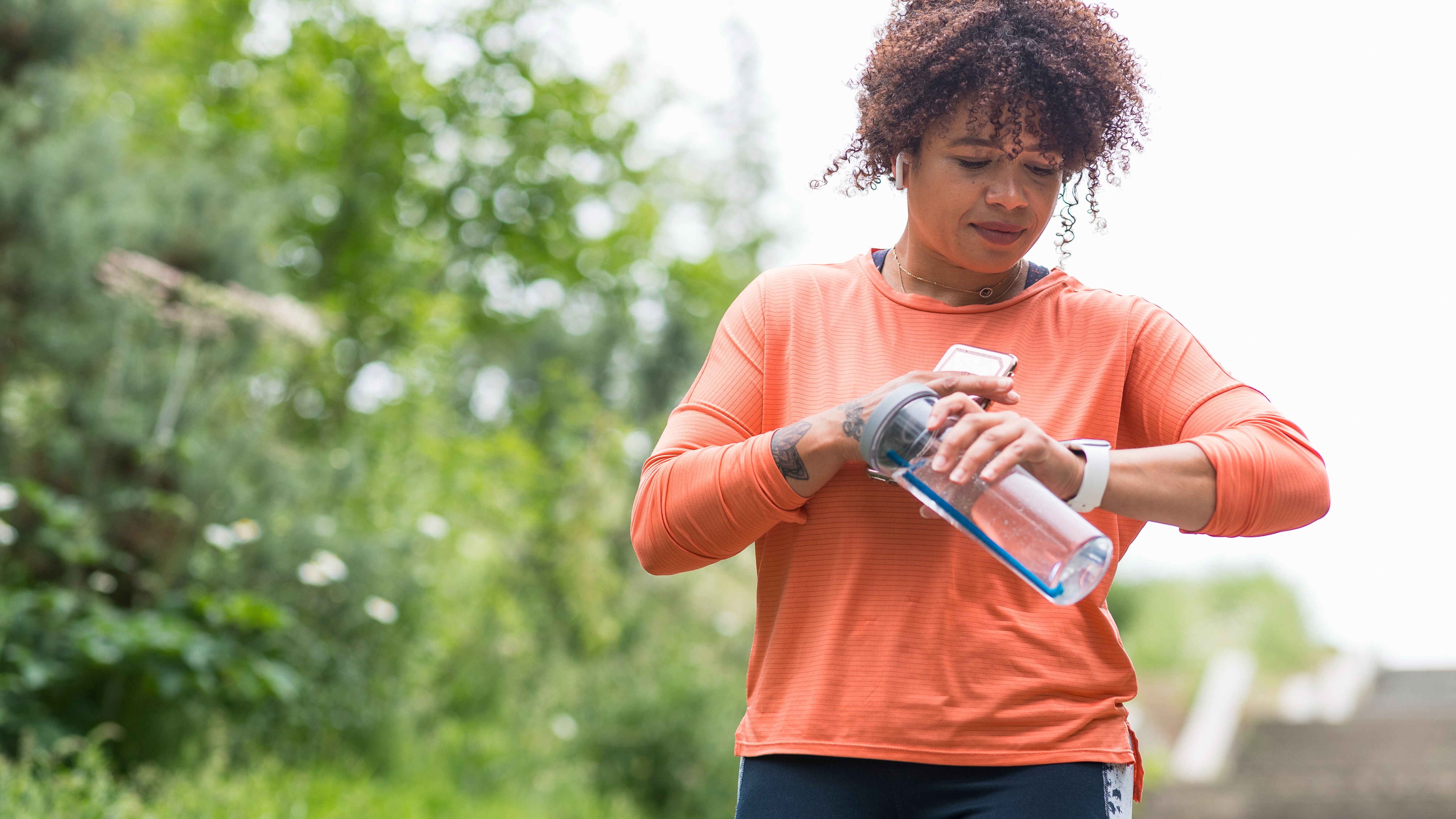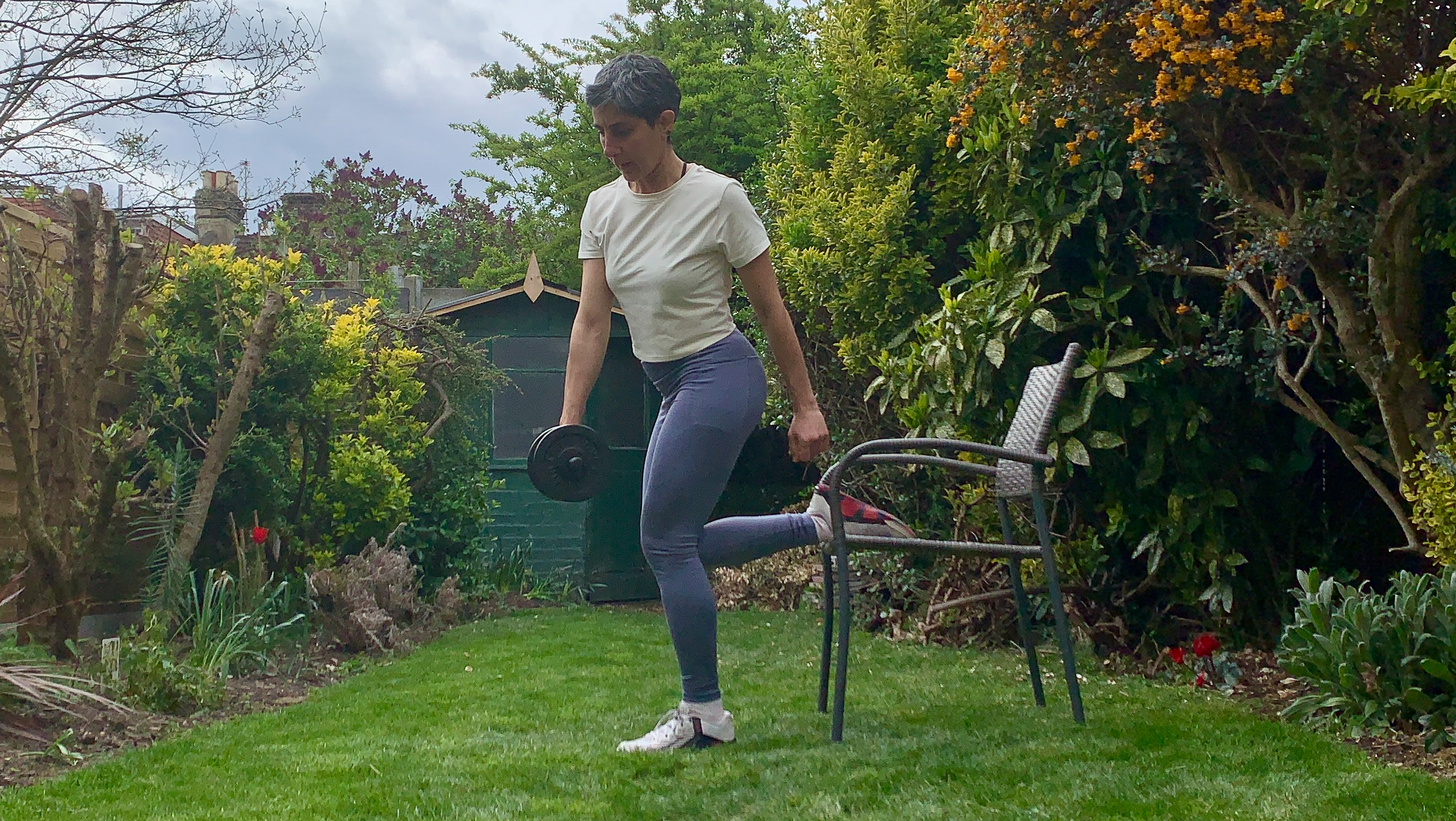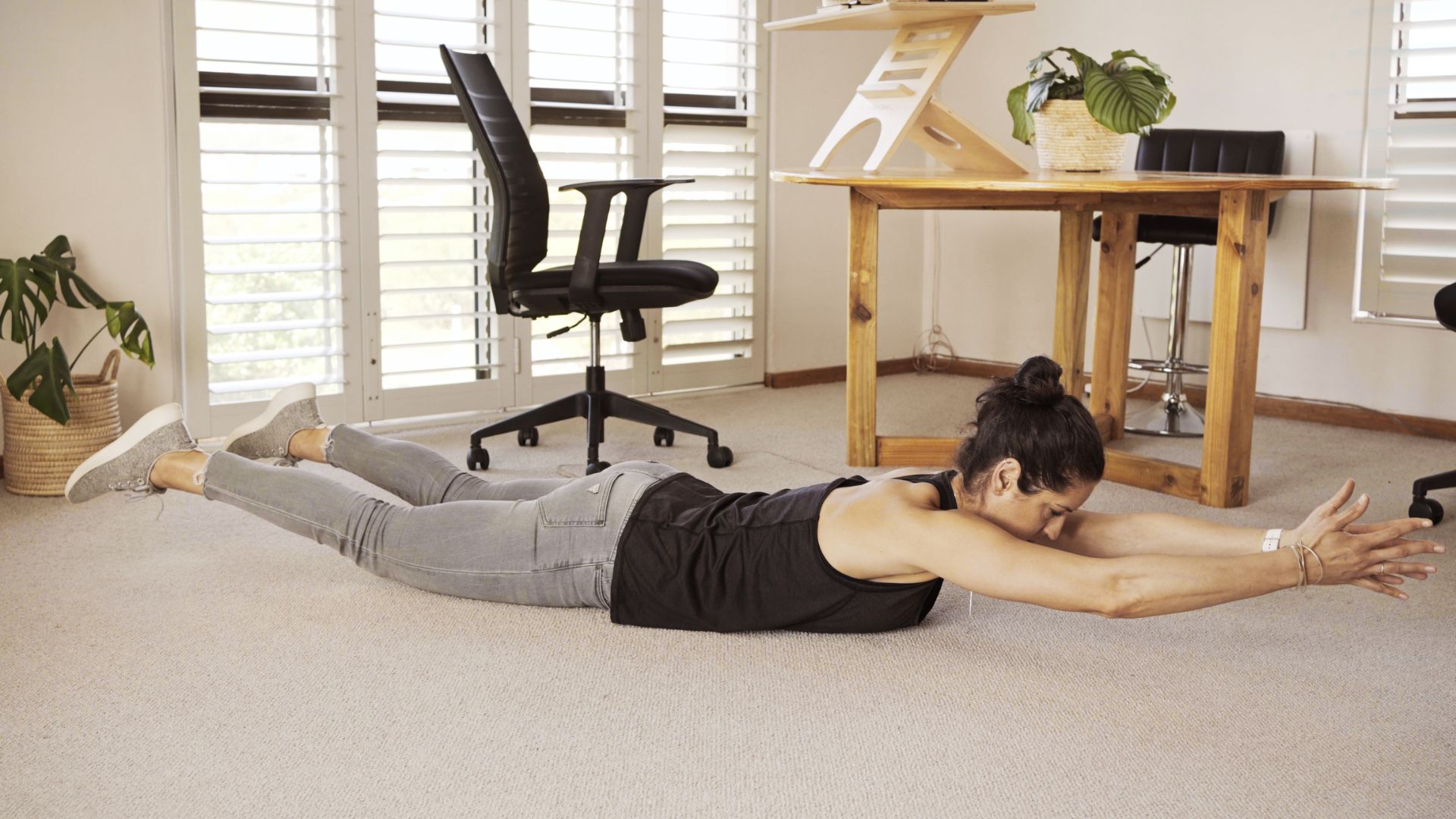Is walking after a meal good for you?
Is walking after a meal good for you? Walking is great for your health, but we’ve revealed if it’s a good idea or not to walk after eating

Walking after a meal is a common activity in lots of cultures, known as a Shatapawali in India, or a Passeggiata in Italy. A folk saying in Chinese roughly translates as “if you take 100 steps after each meal, you’ll live to be 99.” But is there any scientific evidence backing the health benefits of these post-meal traditions? Are there any potential negative impacts of taking a stroll after eating, and how long should you wait before doing so?
We’ve spoken to some health experts to get their opinion on whether walking after a meal is good for you, and investigated the scientific evidence surrounding when you should carry out exercise after eating and at what intensity for the best results. Your comfort is always important when walking, and the best shoes for walking can help you focus on enjoying yourself on an after-dinner stroll.
What are the benefits of walking after a meal?
An article in Nutrients journal compared results on glycemic response (the effect eating has on the levels of glucose in the blood) of light activity 15 or 45 minutes after eating with a sedentary control group. Generally, blood sugar levels and insulin levels rise after a meal and then return to normal levels after a short period of time. The study tested postprandial glycaemia (the amount of glucose found in blood plasma after eating) and found the active groups reduced their blood glucose levels.
Another study in the Journal of the Medical Directors Association also found that for those with type 2 diabetes, a walk after a meal is more helpful for lowering the glycemic effect of a meal than when the same exercise carried out before a meal.
We spoke to Lucy Gornell, a personal trainer for Healthspan Elite and a health and fitness writer. “The big benefit is that it helps food to digest,” she told Fit&Well. “If you sit stagnant after eating a meal — especially a stodgy, heavy meal (Christmas dinner is a classic example!) food can also sit stagnant and digestion can be slower. This can lead to bloating. A build up of gas and also cramps; none of these are fun.”

Lucy is a Level 3 personal trainer and teaches classes at various London studios. Plus, she's pre- and post-natal trained and helps new mums get back into fitness after the birth of their baby. Lucy claims that good sleep, plenty of food and a healthy gut (seriously, it's an obsession) are the key to maintaining energy and exercising efficiently.
“Our aim is for food to make its way through the digestive passage so by going for a walk, we’re helping it to move. Personally, I suffer from IBS and find that walking after food massively helps to avoid any uncomfortable symptoms that can arise from sitting too still after eating,” Gornell explains further. “Walking is also great for general fitness — I always say that it’s the most underrated exercise. Our bodies were MADE to walk!”
She adds: “Walking can help activate muscles, it burns calories and it can clear our head from anything stressful; the release of those feel good endorphins is always a good way to switch any negative mindset to a positive one! Sometimes after a big meal you can feel sleepy; a walk outdoors in the fresh air is an ideal way to shake off the food ‘coma’ and feel alert. There’s research (as seen in a clinical trial run by the journal Preventive Medicine) to prove how walking after a meal can help control blood sugar and stop the peaks and dips in energy that can occur throughout the day.”
Get the Fit&Well Newsletter
Start your week with achievable workout ideas, health tips and wellbeing advice in your inbox.
Are there any downsides to walking after a meal?

If you go immediately after eating (rather than waiting half an hour or so) and carry out high intensity exercise, you may find yourself suffering from uncomfortable digestive symptoms, according to an article by the Manhattan Gastroenterology Clinic.
However, light walking was shown to speed up gastric emptying rate (the speed at which food leaves the stomach and enters the intestines) in a study comparing walking with post-meal digestifs such as alcohol or espresso reported in the Journal of Gastrointestinal and Liver Diseases. So, while it might not be advisable to go running, cycling or swimming straight after eating as it may disrupt your digestion, a light walk may actually help your digestive processes.
We spoke to registered dietician and founder of City Dieticians, Sophie Medlin, who explained how walking after a meal can sometimes cause stomach upset. “Walking after a meal generally is beneficial for most people, however some may experience stomach pains, indigestion or nausea,” she says. “If you start to feel unwell, ensure you sit down and wait until you feel better before you continue walking.”

Sophie Medlin is a well-recognised consultant dietitian and is the Chair for the British Dietetic Association for London. Sophie has expertise in gastrointestinal and colorectal health. She worked in acute hospitals specialising in gastrointestinal diseases before moving into academia, where she worked as a lecturer at King’s College London. Sophie is a go-to spokesperson for media when it comes to evidence-based nutrition, regularly featuring in print, broadcast and social media.
Walking after a meal: how best to do it

A meta analysis in Sports Medicine indicates that light intensity walking (like a post-meal stroll) can have a significant effect on postprandial glucose and an effective way to improve cardiometabolic health in those who live sedentary lifestyles.
Medlin gives her best advice for a successful after meal walk. “A 2022 meta-analysis found that walking in increments of even 2 or 5 minutes can have a significant impact on lowering blood sugar,” she says. “The duration of the 'perfect' walk varies largely from study to study: from 15 minutes up to 90 minutes. Ensure the walk is low-intensity (mostly flat) to ensure you don't experience any negative side effects.”
An article in the journal Diabetes Medicine indicates that a fifteen minute walk after food can help control postprandial hyperglycemia in older people, a problem often caused by poor insulin response.
We asked Luke Hughes, a Level 4 PT and founder of OriGym, his opinion on the science behind walking after a meal and how long to wait before undertaking exercise after eating.

Luke Hughes is the CEO and Co-Founder of OriGym. Holding a first-class degree in Sport and Exercise and an MSc in Sport and Nutrition, he is also qualified as a Level 4 Personal Trainer with various specialist credentials covering the entire spectrum of health, fitness and business.
“When you consume any food or drink, blood diverts to your digestive system to facilitate digestion. Similarly, when you engage in physical activity, your blood diverts to the working muscles,” he explains. “So, when you engage in exercise too quickly after eating, your blood is being directed away from your digestive system, causing stitches and nausea symptoms.
But when is the optimum time to work out after eating? "With walking, this is dependent upon the intensity of your walk. If you are going for a light walk without any intervals or steep inclines, then waiting for 30-minutes after a meal is enough time to wait. However, if you are going hiking, high-intensity interval walking or power walking, consider waiting for 90-minutes before going for your walk.”
A study in the International Journal of Medicine indicates that light walking right after completion of a meal is more effective for weight loss than waiting an hour before you walk. The study states that: “The author lost nearly 3 kg and a volunteer participant lost nearly 1.5 kg during one month of walking just after lunch and dinner,” but it is worth noting that they listed their pace as ‘brisk’ rather than ‘light’ and indicated it can be helpful in losing weight only for those who do not experience post-meal digestive complaints.

Lou Mudge is a Health Writer at Future Plc, working across Fit&Well and Coach. She previously worked for Live Science, and regularly writes for Space.com and Pet's Radar. Based in Bath, UK, she has a passion for food, nutrition and health and is eager to demystify diet culture in order to make health and fitness accessible to everybody.
Multiple diagnoses in her early twenties sparked an interest in the gut-brain axis and the impact that diet and exercise can have on both physical and mental health. She was put on the FODMAP elimination diet during this time and learned to adapt recipes to fit these parameters, while retaining core flavors and textures, and now enjoys cooking for gut health.
-
 I swapped my usual core routine for this dumbbell workout—here’s why you should try it too
I swapped my usual core routine for this dumbbell workout—here’s why you should try it tooPick up some dumbbells and try my favorite deep core exercises
By Yanar Alkayat
-
 You don't need any equipment to improve your posture—just these three back-strengthening moves
You don't need any equipment to improve your posture—just these three back-strengthening movesThese three exercises will strengthen key back muscles
By Jennifer Rizzuto